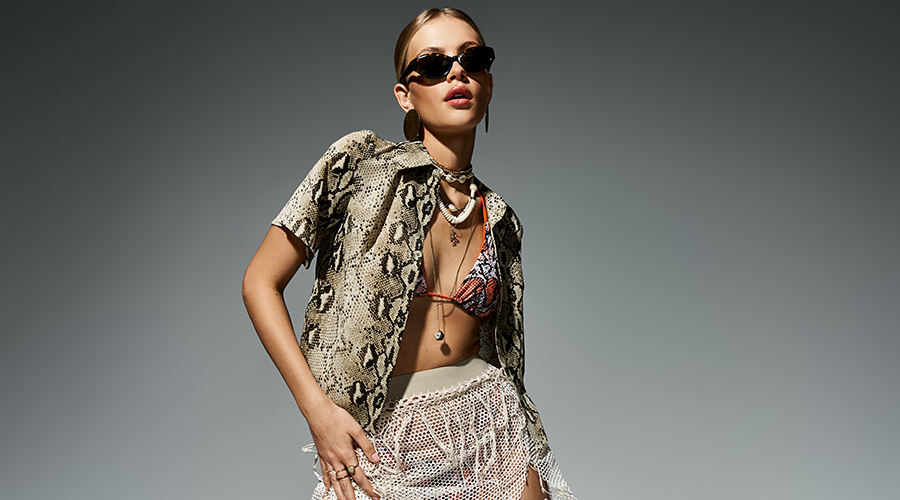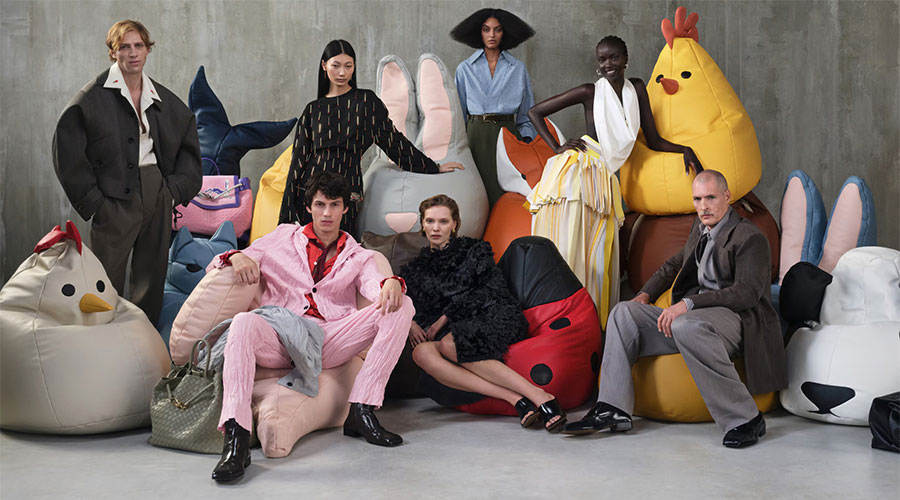The fashion industry has always been quick to embrace change, but in recent years, the shift has been less about fabric and more about technology. Where once designers relied on bespoke websites, large IT teams, and costly infrastructure, today a single platform dominates the fashion e-commerce landscape: Shopify.
From global luxury houses to small independent labels, Shopify has become the default choice for launching and scaling fashion websites. The question is: Why? And what do the numbers actually tell us?
Fashion Moves Fast – Shopify Keeps Pace
Fashion is an industry of constant reinvention. Designers launch multiple collections each year, and the rise of “see now, buy now” has further shortened timelines. Products need to go live quickly, with stock levels and merchandising updated in real time.
Traditionally, uploading a new collection could take weeks of developer time. Shopify changes this dynamic: products can be added, categorised, and styled by non-technical teams in minutes. Marketing managers and merchandisers can upload lookbooks, swap images, or launch pre-orders without waiting for a developer.
This agility is vital. In fashion, trends can peak and fade within a matter of days. A platform that removes technical bottlenecks enables brands to act when demand is high — rather than missing the moment.
Visual Storytelling Comes First
Fashion is more than clothing; it’s about storytelling, identity, and aspiration. A website has to function as a digital flagship store — one that communicates a brand’s creative vision as powerfully as a runway show.
Shopify is built with this in mind. Its themes prioritise large imagery, editorial layouts, and video integration. Features like lookbooks, galleries, and lifestyle-driven product displays come built-in, giving even emerging designers the ability to present their collections at a luxury standard.
For independent brands, this democratisation of visual merchandising is transformative. A label that once would have needed tens of thousands for a bespoke site can now achieve the same visual quality with Shopify, levelling the playing field against established fashion houses.
Mobile-First by Design
Over 70% of all online fashion traffic now comes from mobile devices. Customers discover looks on Instagram or TikTok and expect a seamless path from inspiration to checkout. Any friction means abandoned carts and lost sales.
Shopify is mobile-first by design. Its responsive themes adapt across devices, checkout flows are optimised for speed, and tools like Shop Pay dramatically reduce transaction time. With 79% of Shopify store visits coming from mobile, the platform ensures the experience is built around the way people actually shop today.
In effect, Shopify enables customers to transition seamlessly from viewing a product in a reel to purchasing it within seconds. That speed-to-purchase is reshaping how fashion converts digital attention into sales.
Global Reach, Without the Complexity
Fashion is global by nature. A London designer may sell to customers in Paris, New York, and Tokyo within weeks of launching a collection. However, international commerce is notoriously complex, as different currencies, tax systems, VAT regulations, and languages can make expansion a challenging endeavour.
Shopify removes much of this friction. Out of the box, it supports multi-currency checkouts, region-specific pricing, international tax handling, and multi-language storefronts. With apps and integrations, brands can localise even further, tailoring shopping experiences to individual markets.
This infrastructure allows small designers to sell globally from day one, while providing enterprise-level support for established brands entering new territories.
Marketing Integrations That Drive Growth
Fashion thrives on hype, influence, and community. A product can sell out overnight if the right celebrity wears it — but only if customers can buy it immediately. Shopify is deeply integrated with the marketing platforms that drive this ecosystem.
From Instagram and TikTok shopping to Google Ads, Pinterest catalogues, and Klaviyo or Mailchimp campaigns, Shopify connects directly. Brands can tag products in influencer posts, link them straight to checkout, and track the entire customer journey.
This seamless link between content and commerce turns cultural moments into commercial success, something older platforms were never designed to do.
Supporting Both B2C and B2B
Fashion brands don’t just sell to individual consumers. Many also rely on wholesale, supplying boutiques, department stores, and online retailers. Traditionally, managing these two sales channels required separate systems.
Shopify Plus (the enterprise version) solves this. Brands can run both B2C and B2B operations from a single platform, featuring trade logins, tiered pricing, bulk ordering, and account management. This unified approach saves time, allowing designers to focus on growth rather than juggling multiple systems.
Scalable for Growth
One of Shopify’s biggest strengths is its scalability. Designers can start with a basic plan that has minimal overhead, then upgrade seamlessly as their business expands. Established labels moving into enterprise-level sales can transition to Shopify Plus without rebuilding their entire digital infrastructure.
That continuity is robust. Whether selling 50 units a month or 50,000, the platform adapts — giving fashion brands confidence that their website will grow in tandem with them.
Lower Technical Overhead
In the past, fashion brands relied heavily on custom-built sites, often on platforms like Magento. These required constant developer support, meaning every update was expensive and slow.
Shopify changes that. Hosting, security, and software updates are managed centrally. Merchandising and marketing teams can control much of the site themselves, reducing dependency on developers and lowering costs.
For emerging designers, this reduction in technical overhead can mean the difference between launching online or staying offline.
Data, Analytics, and Insights
Fashion is increasingly dependent on data-driven decision-making. Shopify provides built-in dashboards for tracking product performance, customer behaviour, and sales channels.
More advanced insights can be gained by integrating with Google Analytics, Meta Ads Manager, and third-party apps. This data helps brands refine their collections, optimise marketing spend, and anticipate trends.
For a creative industry often guided by instinct, the ability to validate decisions with real data is a huge advantage.
The Network Effect
Shopify’s dominance in fashion isn’t just about its features—it’s reinforced by the calibre of brands that use it. On the luxury side, labels such as Victoria Beckham, Khaite, and Burberry have established their e-commerce presence on Shopify Plus, demonstrating that the platform can effectively support heritage names and high-end aesthetics.
At the same time, DTC powerhouses such as Allbirds, Gymshark, Skims, Kylie Cosmetics, and Pangaia run their global operations on Shopify, demonstrating its ability to handle scale, speed, and modern retail demands.
For emerging designers, this mix of established luxury houses and disruptive direct-to-consumer giants is compelling proof. If Shopify can power the world’s most recognisable and fastest-growing fashion names, it becomes the natural choice for any brand looking to grow.






